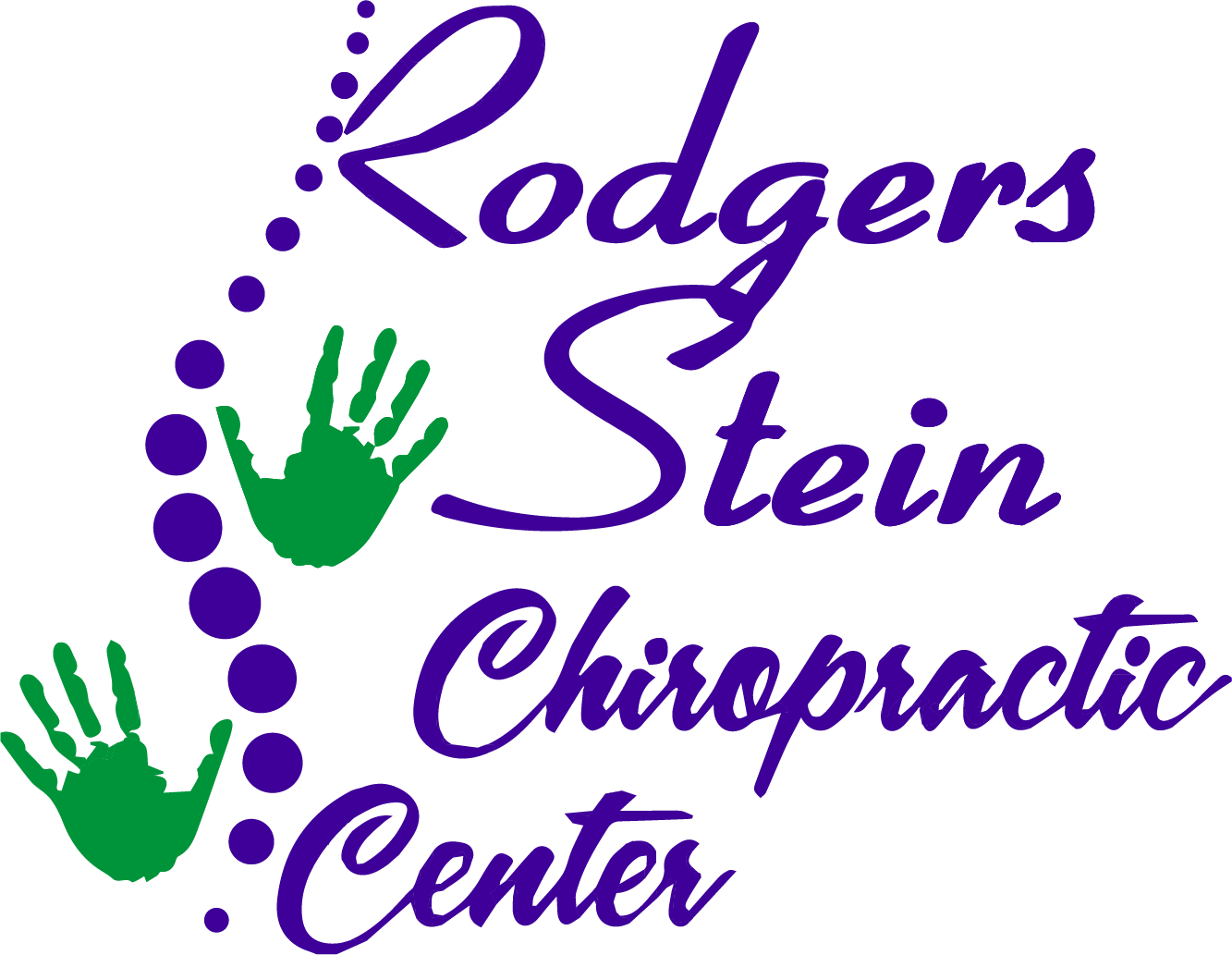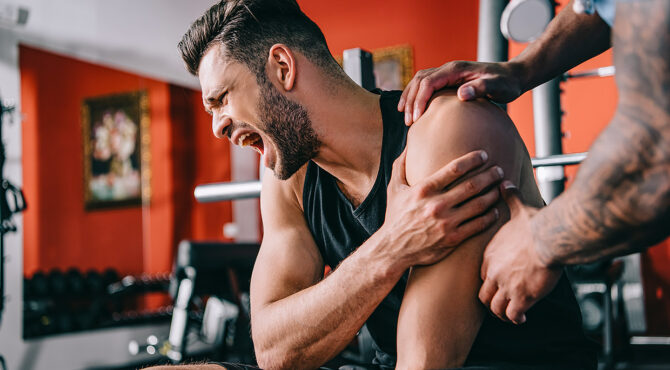You might not realize just how pivotal Conroe's approach to sports injuries is for local athletes. By prioritizing early intervention and tailored programs, the community sets the stage for remarkable recovery and performance enhancement. This isn't just about bouncing back; it's about fostering resilience and knowledge among athletes and their families. As you explore the innovative techniques and success stories emerging from this initiative, you'll uncover what truly makes Conroe a hidden gem in injury prevention and recovery. What's the secret behind these transformative practices?
Understanding Sports Injuries
Sports injuries are a common hurdle athletes face, from weekend warriors to elite competitors. You might think injuries only happen to those pushing their limits, but they can strike anyone at any time. Understanding the types of injuries can help you stay informed and prepared.
Sprains, strains, fractures, and overuse injuries are among the most frequent. A sprain occurs when ligaments stretch or tear, often seen in the ankle or knee. Strains involve muscles or tendons and can happen during sudden movements or improper warm-ups. Fractures, on the other hand, are breaks in the bone, usually resulting from high-impact activities or falls.
Finally, overuse injuries develop gradually and arise from repetitive motions, like tendinitis or stress fractures. Identifying your injury type is vital for effective treatment. You may notice swelling, pain, or decreased range of motion. Being vigilant about these signs can help you address issues before they escalate.
Prevention plays a significant role, too. Proper warm-ups, using the right equipment, and maintaining strength and flexibility can help reduce your risk. Listening to your body is essential; don't ignore pain or fatigue.
The Science Behind Recovery
Recovery from sports injuries involves a complex interplay of biological processes that are vital for healing. When you sustain an injury, your body springs into action to repair itself. Understanding these processes can empower you to optimize your recovery and get back in the game faster.
First, inflammation is a natural response to injury. It's your body's way of signaling that something's wrong. While it may feel uncomfortable, inflammation is important as it brings necessary nutrients and cells to the affected area.
Next, tissue regeneration occurs. Your body produces collagen and other proteins that help rebuild damaged tissues. This phase requires adequate nutrition, so be sure to fuel your body with the right foods to support healing.
Third, remodeling takes place. This is where the newly formed tissue gradually transforms into stronger, more organized structures. It's a significant phase that can take time, so patience is key during this stage.
Finally, rehabilitation is essential. Engaging in specific exercises tailored to your injury can help restore strength, flexibility, and function. Always consult with a healthcare professional to design a rehabilitation program that suits your needs.
Here's a quick summary of the recovery process:
- Inflammation: Body's signal for repair.
- Tissue Regeneration: Production of collagen and proteins.
- Remodeling: Strengthening and organizing new tissue.
- Rehabilitation: Targeted exercises for recovery.
Innovative Techniques Used
Injuries can sideline anyone, but innovative techniques are revolutionizing how athletes recover and regain peak performance. You might be surprised to learn about the cutting-edge strategies now available that can speed up healing and enhance your recovery process.
One standout method is the use of cryotherapy, where you expose your body to extremely cold temperatures for short periods. This technique reduces inflammation and accelerates muscle repair, allowing you to get back on the field faster.
Another game-changer is the application of platelet-rich plasma (PRP) therapy. By taking a small sample of your blood and concentrating the platelets, this treatment can promote healing in injured tissues. It's becoming increasingly popular among professional athletes looking to return to their sport quickly.
Electrical stimulation therapy is also making waves. This technique uses electrical impulses to stimulate muscle contractions, helping to prevent atrophy and improve strength during your recovery. You'll find that it can be a useful tool to keep your muscles engaged while you heal.
Additionally, many athletes are embracing the benefits of advanced rehabilitation technologies such as virtual reality. This immersive approach not only makes rehab more engaging but also allows you to simulate game scenarios, helping to regain your confidence and skills.
Benefits of Early Intervention
How essential is it to address an injury right away? The sooner you tackle an injury, the better your chances are of a full recovery. Ignoring pain or discomfort might seem like a quick fix, but early intervention is vital for preventing long-term issues.
Let's break down some of the benefits you'll experience when you act fast.
- Reduced Recovery Time: By seeking treatment immediately, you can often cut down the time it takes to heal. Early intervention means addressing the root cause of the injury, leading to quicker rehabilitation.
- Minimized Risk of Further Injury: When you ignore an initial injury, you're more likely to compensate in ways that lead to additional injuries. Early treatment helps prevent this domino effect, keeping you in the game longer.
- Improved Performance: Getting back to your sport sooner not only helps maintain your fitness level but also boosts your confidence. When you know you're healthy, you can perform at your best without hesitation.
- Cost-Effective Treatment: Catching an injury early can save you money in the long run. More intensive treatments or surgeries often come with hefty price tags, which can be avoided with prompt attention.
Real-Life Success Stories
Many athletes have experienced the transformative power of early intervention firsthand.
Take Sarah, a high school soccer player who faced a knee injury during a critical game. Instead of waiting for the pain to subside, she sought immediate help. With expert guidance, Sarah underwent a targeted treatment plan that included therapy and strength training. Within weeks, she was back on the field, scoring goals and leading her team to victory.
Then there's Mark, a college football player who struggled with recurring ankle sprains. Frustrated, he decided to consult with a specialist right after his latest injury. The early intervention not only helped him recover faster but also educated him on proper techniques and preventive measures. Now, he plays with confidence, knowing he's equipped to avoid future injuries.
You might also relate to Jenna, a weekend warrior who loves running marathons. After feeling a sharp pain in her foot, Jenna was quick to visit a sports clinic. The team assessed her condition and provided her with a tailored recovery plan. Thanks to their swift action, she was able to complete her next marathon, achieving a personal best.
These real-life success stories emphasize the importance of acting quickly.
Whether you're a professional athlete or a casual player, early intervention can be your secret weapon. Don't let injuries sideline you—take that first step toward recovery and get back to doing what you love.
Tailored Programs for Athletes
When it comes to maximizing performance and minimizing injury risk, tailored programs for athletes can make all the difference. Each athlete has unique strengths, weaknesses, and goals, so a one-size-fits-all approach just won't cut it.
By customizing your training regimen, you can hone in on what you need to improve, ensuring you're always at your best.
Here are four key components to take into account when creating a tailored program:
- Individual Assessment: Start with a thorough evaluation of your current fitness level, biomechanics, and sport-specific demands. Understanding where you stand will help in developing a focused strategy.
- Goal Setting: Define clear, achievable goals. Whether it's improving speed, strength, or endurance, having specific targets keeps you motivated and on track.
- Progressive Training: Incorporate a progressive overload principle. Gradually increase the intensity, volume, or complexity of your workouts to continuously challenge your body and stimulate growth.
- Recovery and Nutrition: Don't overlook the importance of recovery and nutrition in your program. Adequate rest and a balanced diet are essential for performance enhancement and injury prevention.
Preventative Measures to Consider
Tailoring your training program is just the beginning of injury prevention. To keep yourself in peak condition, you need to incorporate several preventative measures into your routine.
Start by focusing on proper warm-up and cool-down techniques. Warming up increases blood flow to your muscles, making them more pliable and reducing the risk of strains. Similarly, cooling down helps your body recover and minimizes soreness.
Next, pay attention to your biomechanics. Make sure you're using the correct form during exercises and sports activities. This not only improves performance but also protects your joints and muscles from undue stress. If you're unsure about your technique, consider working with a coach or a trainer who can provide guidance.
Don't forget the importance of cross-training. Engaging in various physical activities can help develop different muscle groups, reducing the likelihood of overuse injuries. For instance, if you're a runner, adding swimming or cycling to your regimen can enhance your overall fitness while giving specific muscles a break.
Finally, listen to your body. If you feel pain or discomfort, don't push through it. Rest and recovery are vital components of any training program. Ignoring early signs of injury can lead to more significant issues down the line.
Community Impact in Conroe
In Conroe, local sports programs play a vital role in shaping the community's approach to injury prevention.
You'll find that these initiatives not only promote active lifestyles but also emphasize education on safe practices for athletes.
Local Sports Programs Support
Local sports programs in Conroe play a vital role in fostering community spirit and providing essential support for young athletes.
These programs not only promote physical fitness but also build lifelong skills and friendships. When you get involved, you help create a positive environment for youth to thrive.
Here are some key benefits of participating in local sports programs:
- Teamwork: You learn to work with others toward a common goal, an invaluable skill for life.
- Discipline: Regular practices and games teach you the importance of commitment and hard work.
- Confidence: As you improve your skills, you gain confidence in your abilities, both on and off the field.
- Community Engagement: You connect with local families and businesses, strengthening community ties and support networks.
Injury Prevention Education Initiatives
One of the most effective ways to protect young athletes in Conroe is through injury prevention education initiatives. By focusing on these programs, you're helping to create a safer environment for kids involved in sports. These initiatives teach athletes proper techniques, warm-up routines, and the importance of rest and recovery.
You'll find workshops and training sessions that engage both athletes and their parents, ensuring everyone understands the risks and preventative measures associated with sports injuries. Coaches also play a vital role here, as they're often the first line of defense in recognizing and addressing potential issues.
Incorporating injury prevention into local sports programs means athletes can learn to listen to their bodies and recognize signs of fatigue or strain. When these concepts are reinforced regularly, young players are more likely to adopt safer practices on and off the field.
Moreover, partnering with local healthcare providers can enhance these initiatives, offering expert advice and resources. By prioritizing injury prevention education in Conroe, you're not just protecting athletes today; you're also fostering a culture of safety that will benefit future generations.
How to Get Started
To get started on your recovery journey, first assess the type of injury you're dealing with.
Once you know what you're facing, choose the appropriate treatment options that fit your needs.
Finally, develop a clear recovery plan to guide you back to your best self.
Assess Your Injury Type
When you've sustained a sports injury, accurately evaluating the type of injury is crucial for effective recovery.
Understanding your injury helps you determine the right steps to take. Here's how to get started:
- Identify Symptoms: Pay attention to pain, swelling, or bruising. Note where it hurts and how intense the pain is.
- Consider the Mechanism of Injury: Think about how the injury occurred. Did you twist your ankle during a fall, or did you feel a pop in your knee while running? This information is essential for evaluating the injury type.
- Observe Physical Changes: Look for any visible changes, such as swelling or deformity. This can indicate whether it's a sprain, strain, fracture, or something else.
- Evaluate Functionality: Test your range of motion and strength gently. If you can't move the injured area or if it feels unstable, it may require immediate attention.
Choose Appropriate Treatment Options
Choosing the right treatment options for your sports injury is essential for a swift recovery and preventing further damage. Start by evaluating the severity of your injury. For mild injuries, like sprains or strains, rest, ice, compression, and elevation (RICE) can work wonders. This basic approach can help reduce swelling and relieve pain.
If your injury feels more serious, don't hesitate to consult a healthcare professional. They can provide a proper diagnosis and recommend treatments tailored to your specific needs.
Physical therapy is often a great choice for restoring strength and improving mobility. A therapist can guide you through exercises that promote healing and prevent future injuries.
Over-the-counter medications, like ibuprofen or acetaminophen, can help manage pain and inflammation. However, always follow dosage instructions and consult a doctor if you're unsure.
Additionally, consider alternative treatments like acupuncture or chiropractic care, which may complement traditional methods.
Whichever route you choose, stay proactive about your recovery. Listen to your body, and don't rush the healing process. Making informed decisions about your treatment options can set you on the path to a full recovery and a successful return to your sport.
Develop a Recovery Plan
Start by evaluating your current condition and setting realistic goals for your recovery plan.
It's crucial to understand where you stand physically and mentally to create a roadmap that works for you.
Take a moment to assess your injury and how it affects your daily activities.
Here are four steps to help you get started:
- Consult a Professional: Talk to a healthcare provider or physical therapist who can offer personalized advice based on your specific injury and needs.
- Set Achievable Milestones: Break down your recovery into manageable goals, like regaining flexibility or strength, to keep you motivated and focused.
- Create a Schedule: Design a daily routine that incorporates rehabilitation exercises, rest, and nutrition. Consistency is key to recovery.
- Monitor Progress: Keep track of your improvements and setbacks.
Adjust your plan as needed, but don't hesitate to seek help if you encounter challenges.
Conclusion
In Conroe, you've got the tools to tackle sports injuries head-on. By embracing early intervention and innovative recovery techniques, you can boost your performance and stay in the game longer. Remember, it's all about teamwork, discipline, and understanding your body's needs. Whether you're preventing injuries or bouncing back stronger, the community's support will empower you every step of the way. So, gear up, get involved, and let Conroe be your secret weapon in achieving athletic success!



